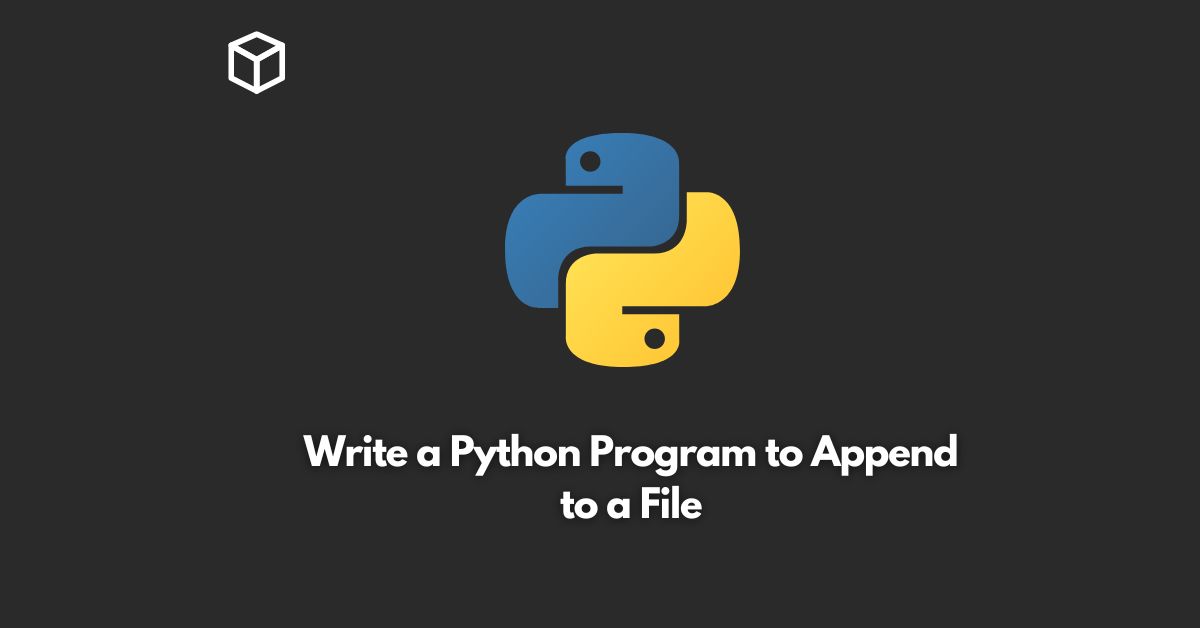Appending data to a file is a common task in Python programming.
It involves adding new content to the end of an existing file without overwriting the existing content.
This can be useful for creating log files, recording output, or storing persistent data.
To append data to a file in Python, we use the built-in open() function.
The open() function takes two arguments: the name of the file we want to open, and the mode in which we want to open the file.
To append data to a file, we need to use the "a" mode, which stands for append.
Here’s an example of how to append data to a file in Python:
# Open the file in append mode
with open("file.txt", "a") as f:
# Write some data to the file
f.write("Hello, world!\n")In this example, we’re opening the file "file.txt" in append mode using the with statement.
The with statement automatically closes the file when we’re done writing to it, so we don’t need to worry about manually closing the file.
Once we’ve opened the file in append mode, we can write data to it using the write() method.
In this example, we’re writing the string "Hello, world!\n" to the file.
The "\n" character at the end of the string represents a newline character, which adds a line break to the end of the string.
When we run this program, it will append the string "Hello, world!\n" to the end of the file "file.txt".
If the file doesn’t exist, Python will create it for us.
We can append multiple lines of data to the file by calling the write() method multiple times, like so:
with open("file.txt", "a") as f:
f.write("Line 1\n")
f.write("Line 2\n")
f.write("Line 3\n")This will append three lines of text to the end of the file, each separated by a newline character.
In summary, appending data to a file in Python is a straightforward process that involves using the built-in open() function with the "a" mode, and then using the write() method to add new content to the end of the file.
With this knowledge, you can easily add persistent storage to your Python programs.




